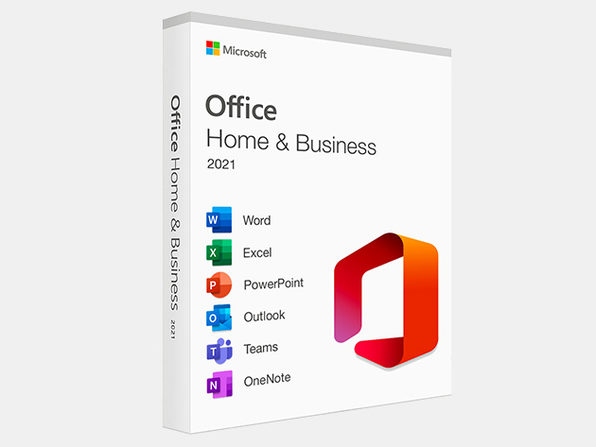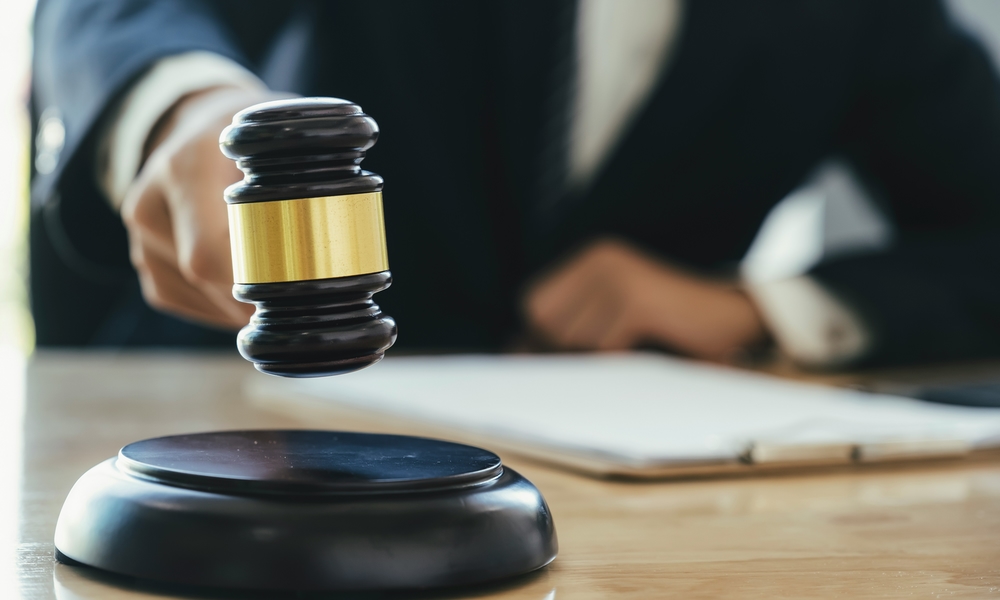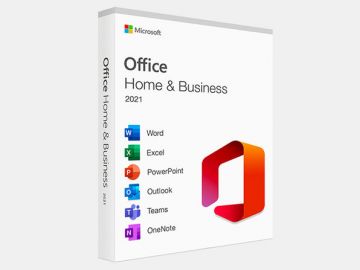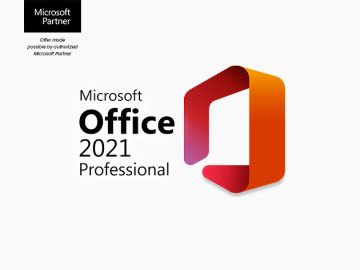Could the iPhone Be the Next Target of an ITC Ban?
 Amanz / Unsplash
Amanz / Unsplash
Toggle Dark Mode
First, they came for the Apple Watch. Now, a new report has sparked concerns that a recent US International Trade Commission (ITC) ruling may also lead to the ban of some recent iPhone models for sale in the United States.
However, although the agency at the center of the dispute remains the same, the issues at play in this latest scuffle are slightly different from those involved in the Apple Watch case. In that case, a patent dispute filed by another US health technology company resulted in an explicit ban on most Apple Watch models, leading Apple to remove the infringing blood oxygen sensing feature to be allowed to resume sales of its wearables in the United States.
Apple is still fighting that ruling, but a preliminary decision by the ITC against Chinese display maker BOE has led to fears that the iPhone could be next. Apple sources its displays from several suppliers. While the faster 120 Hz displays in the iPhone Pro models typically come from Samsung, BOE is one of the largest providers of OLED panels for the standard iPhone models, including the non-Pro iPhone 15 and iPhone 16 models, as well as their Plus and e-series variants. There’s a chance the iPhone 17 and “iPhone 17 Air” might also use displays from BOE.
Earlier this week, South Korea’s ET News reported that the ITC found that BOE and seven of its subsidiaries had stolen trade secrets from rival Samsung Display. While this would typically be a matter for Chinese and South Korean authorities to address, it fell under US jurisdiction due to Section 337 of the Tariff Act, which gives the ITC the authority to ban goods that infringe on US patents, copyrights, trademarks, or “other forms of unfair competition.”
This is the same regulation that led to the Apple Watch being banned due to its blood oxygen sensor, which the ITC ruled to infringe on a US patent owned by Masimo, an American health technology company based in California. In the BOE case, it’s the “misappropriation of trade secrets” that comes under the purview of Section 337.
At this point, the ITC has only issued a “Final Initial Determination,” which is essentially a preliminary judgment. However, such rulings are rarely overturned. This one recommends that the Commission issue both a Limited Exclusion Order (LEO) and a Cease-and-Desist Order (CDO) that would block imports of the infringing OLED panels and related modules into the United States and ban BOE from selling any components that are already in US warehouses.
Will the iPhone Be Affected?
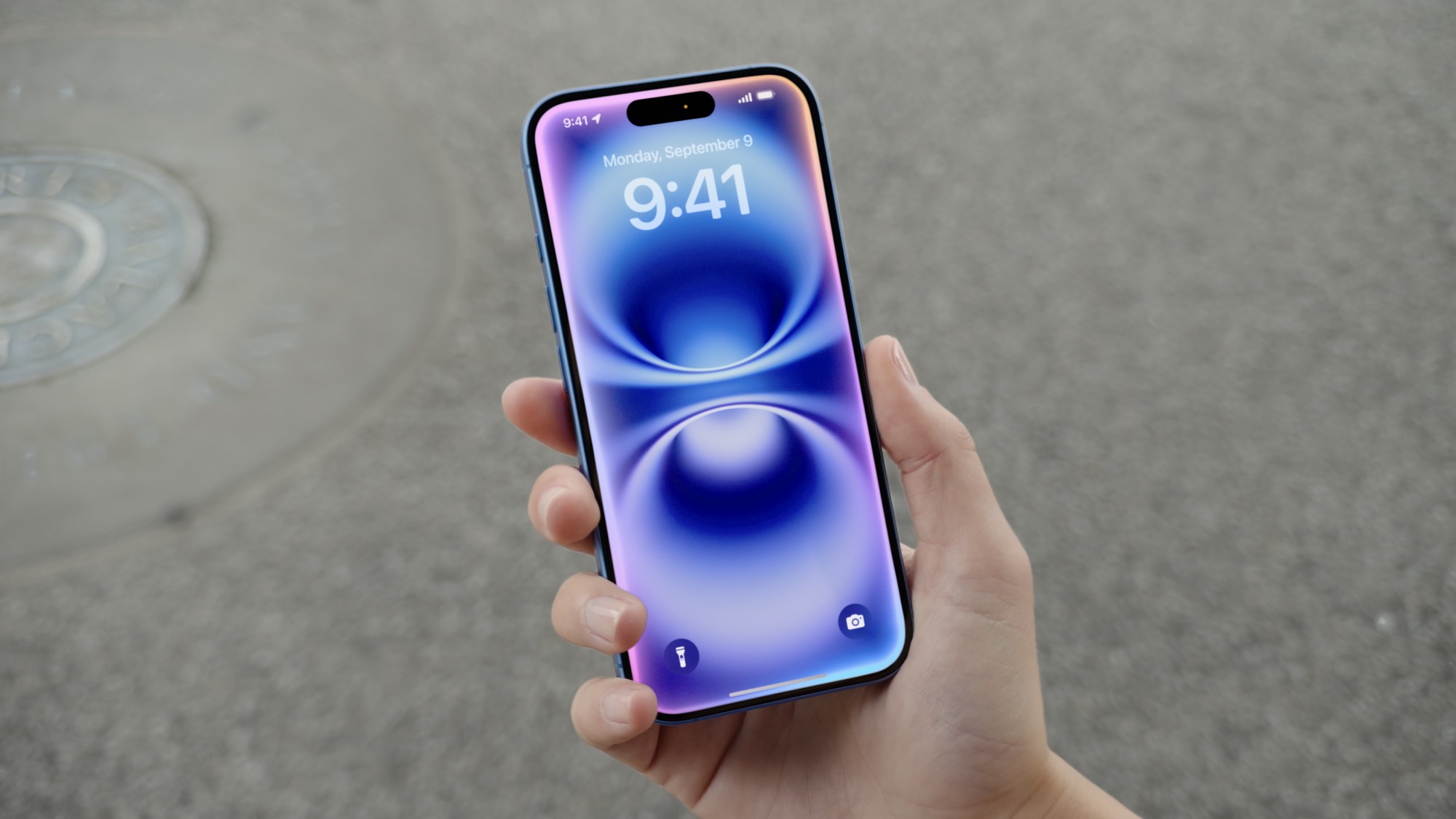
Such orders, once issued, would apply not only to standalone OLED panels made by BOE and its subsidiaries but also to any products containing them, including iPhones.
How extensively this would impact iPhone imports is an open question, since Apple also sources displays from Samsung and LG. As a worst-case scenario, Apple might be forced to redirect iPhone models that use infringing OLED displays to other countries, importing only models equipped with LG- and Samsung OLED displays into the US. However, it looks like it may not come to that.
9to5Mac’s Ben Lovejoy reached out to Apple for comment, and was told that the iPhone is not affected. “Apple is not a party to this case, and the order has no impact on any Apple products,” an Apple spokesperson said. While Apple didn’t offer any further details, Lovejoy speculates that this may simply be due to the fact that the ban only applies to specific types of OLED screens, none of which are used in any iPhone models.
Like most display manufacturers, BOE likely makes a wide variety of OLED panels for different applications. The ones used in iPhones aren’t exactly leading-edge screens, and it would say a lot about BOE if it had to resort to industrial espionage to steal trade secrets from Samsung to create the kind of basic 60 Hz OLED panels that have been used in iPhones since 2017. While BOE didn’t start supplying iPhone screens for mass-produced iPhones until 2021, it’s hard to imagine that it needed to rely on Samsung’s secrets to create those. There have been only minor improvements in those standard iPhone screens since then, with Apple’s flagship OLED panels used on the iPhone Pro models primarily sourced from Samsung Display.

